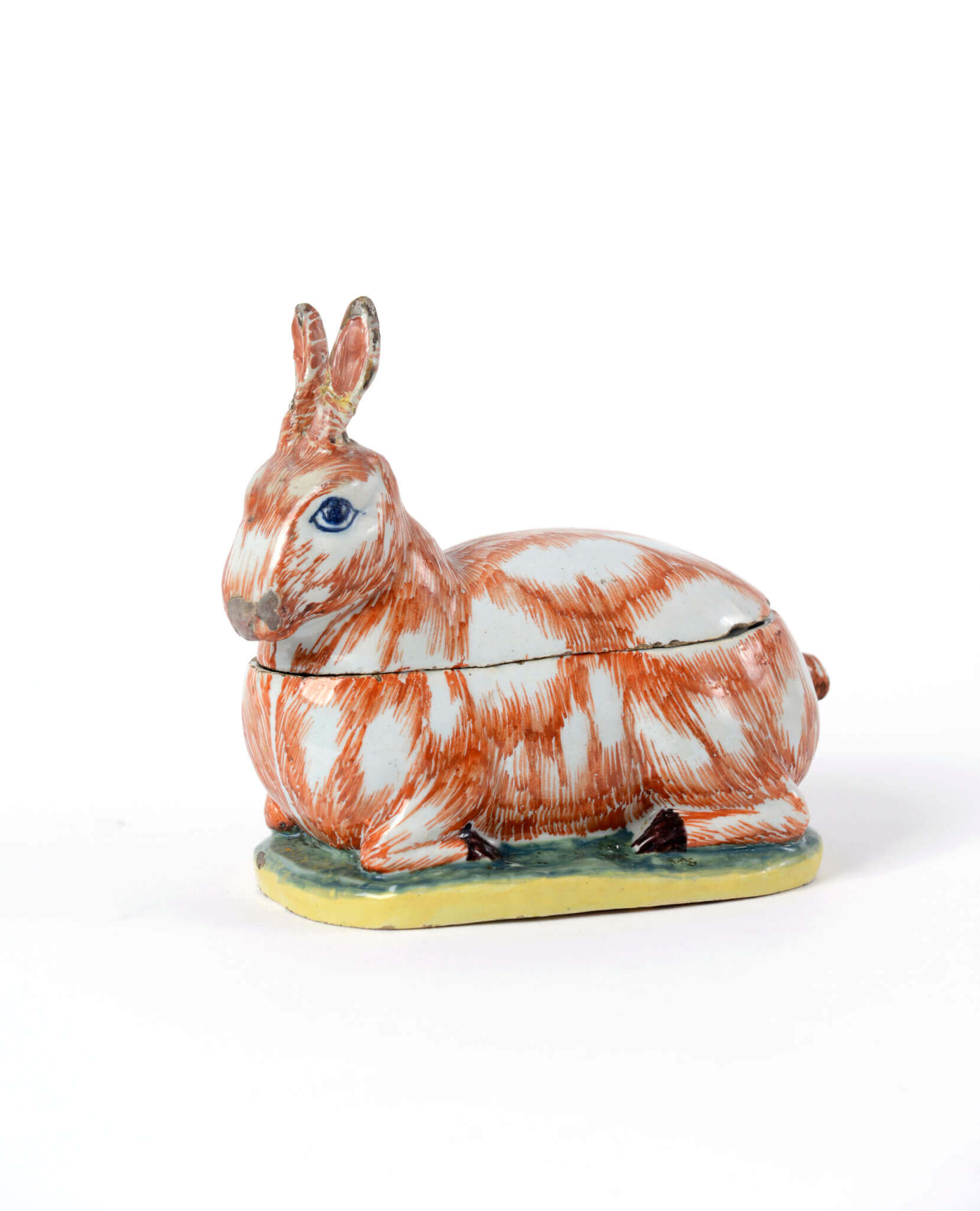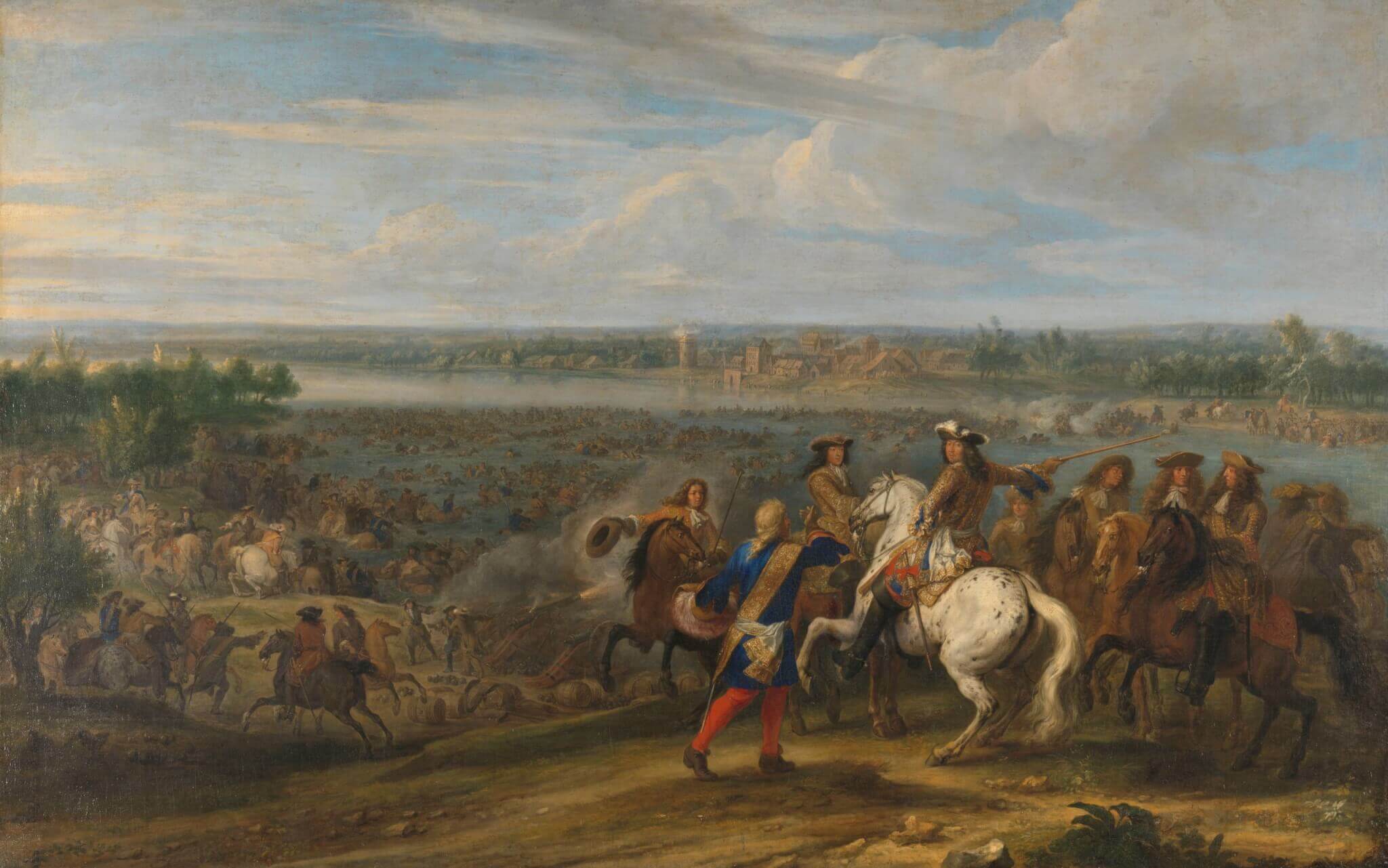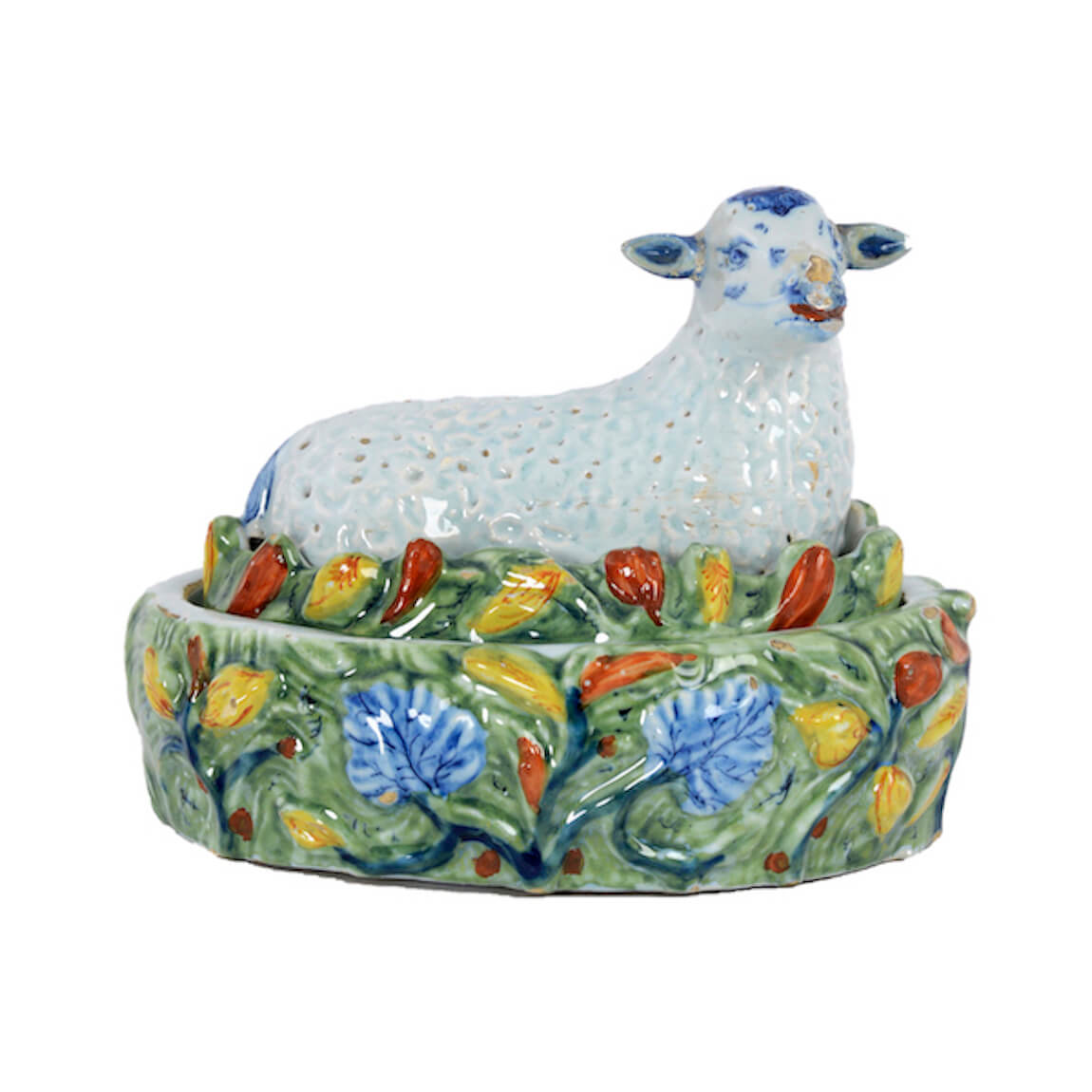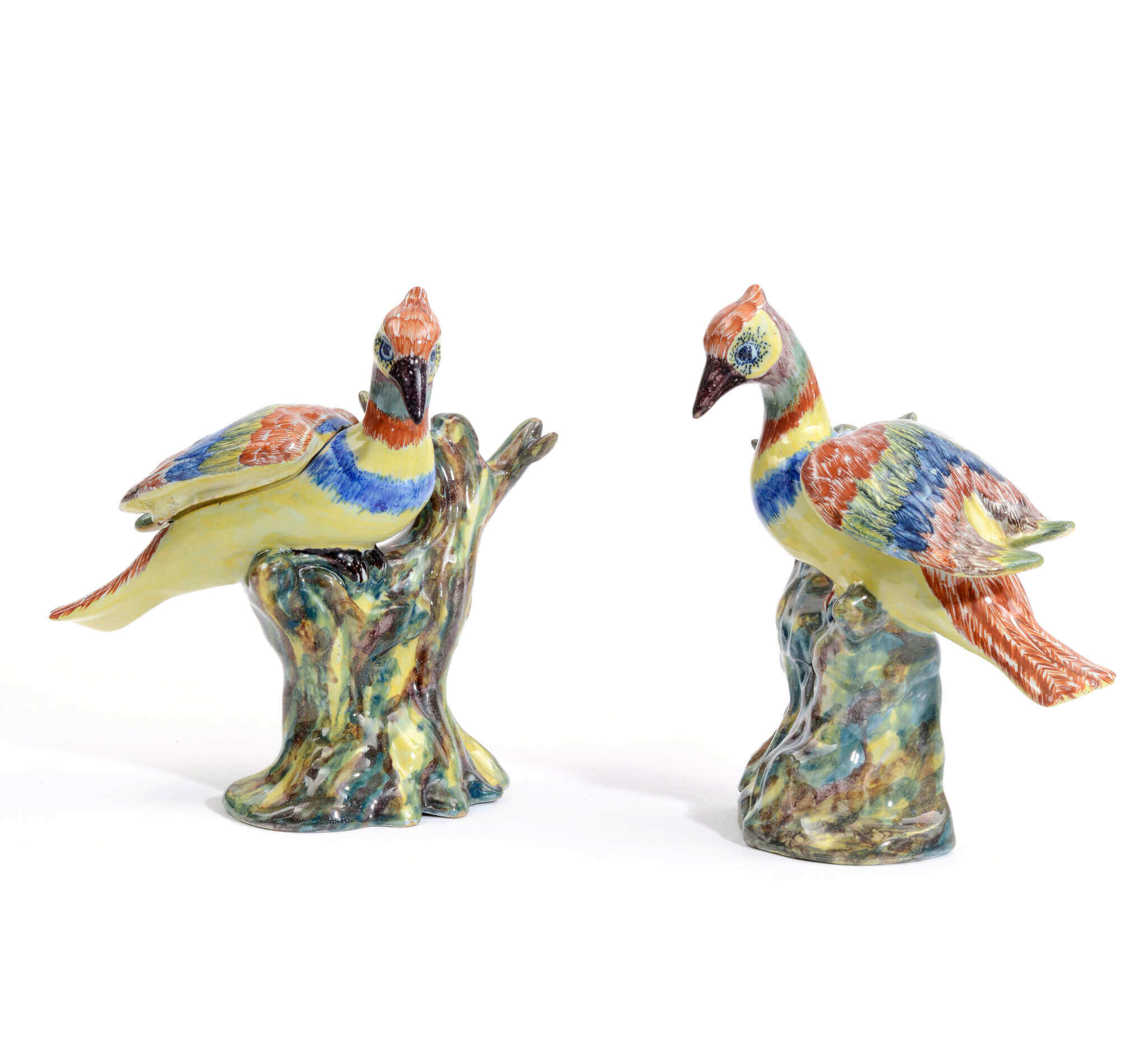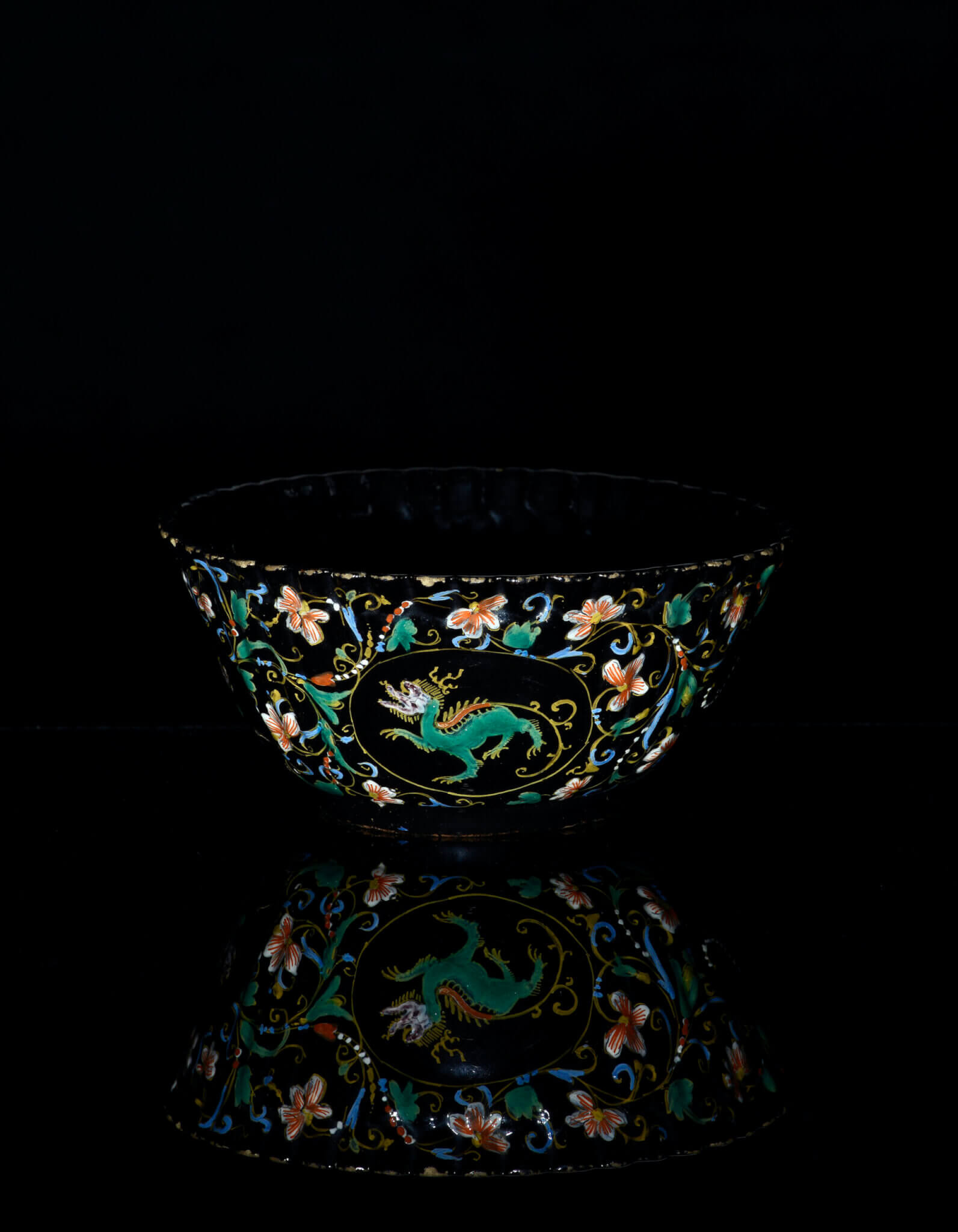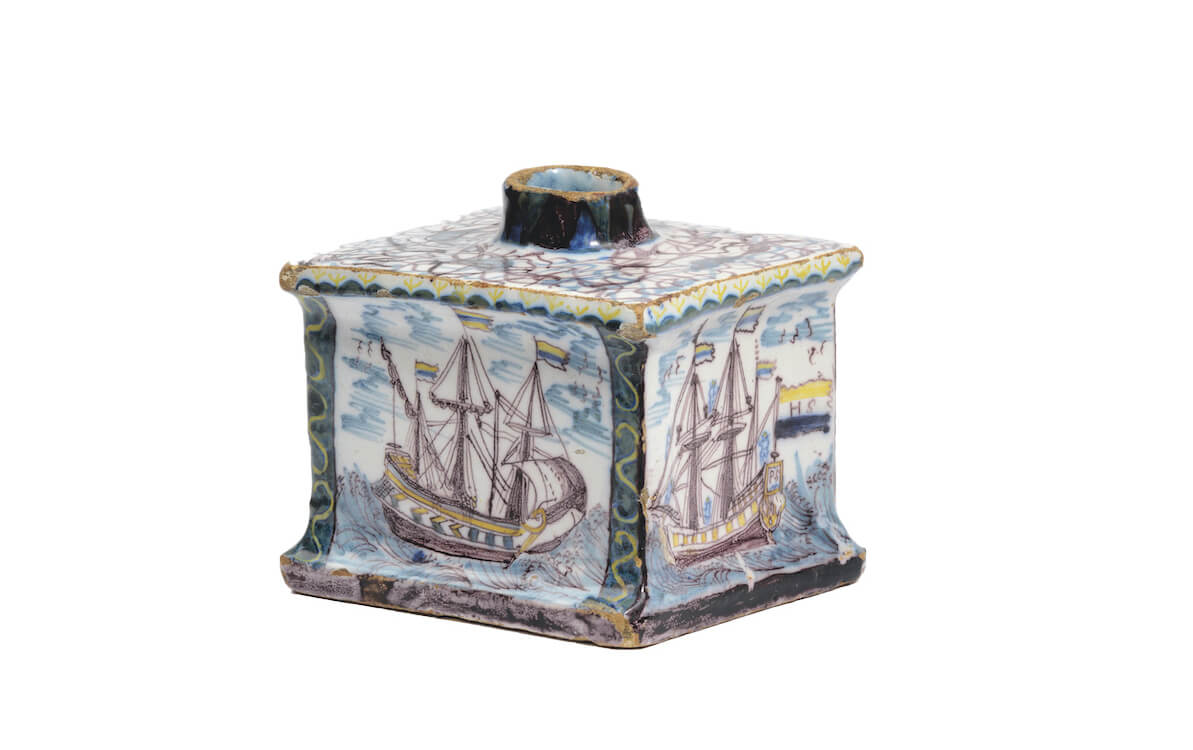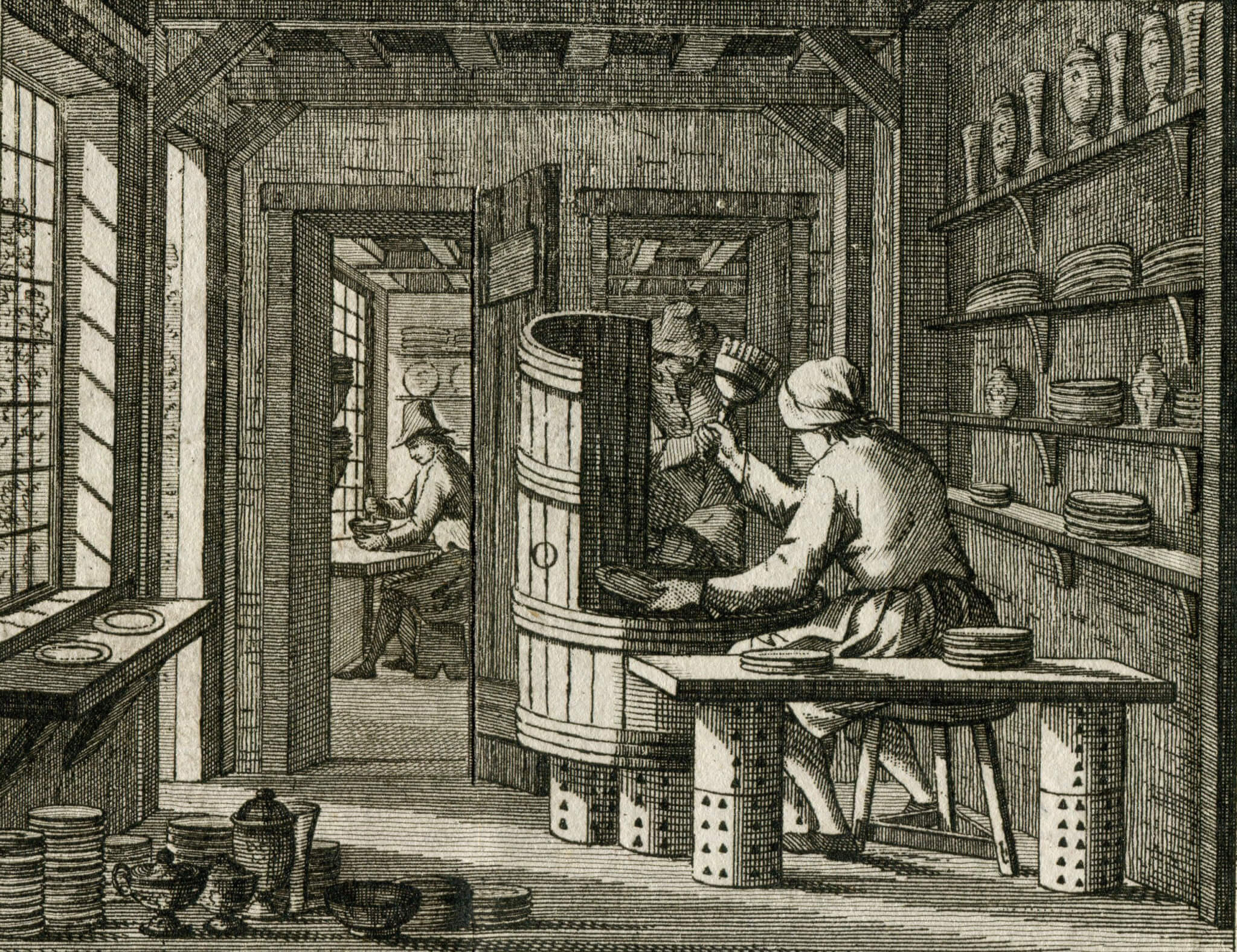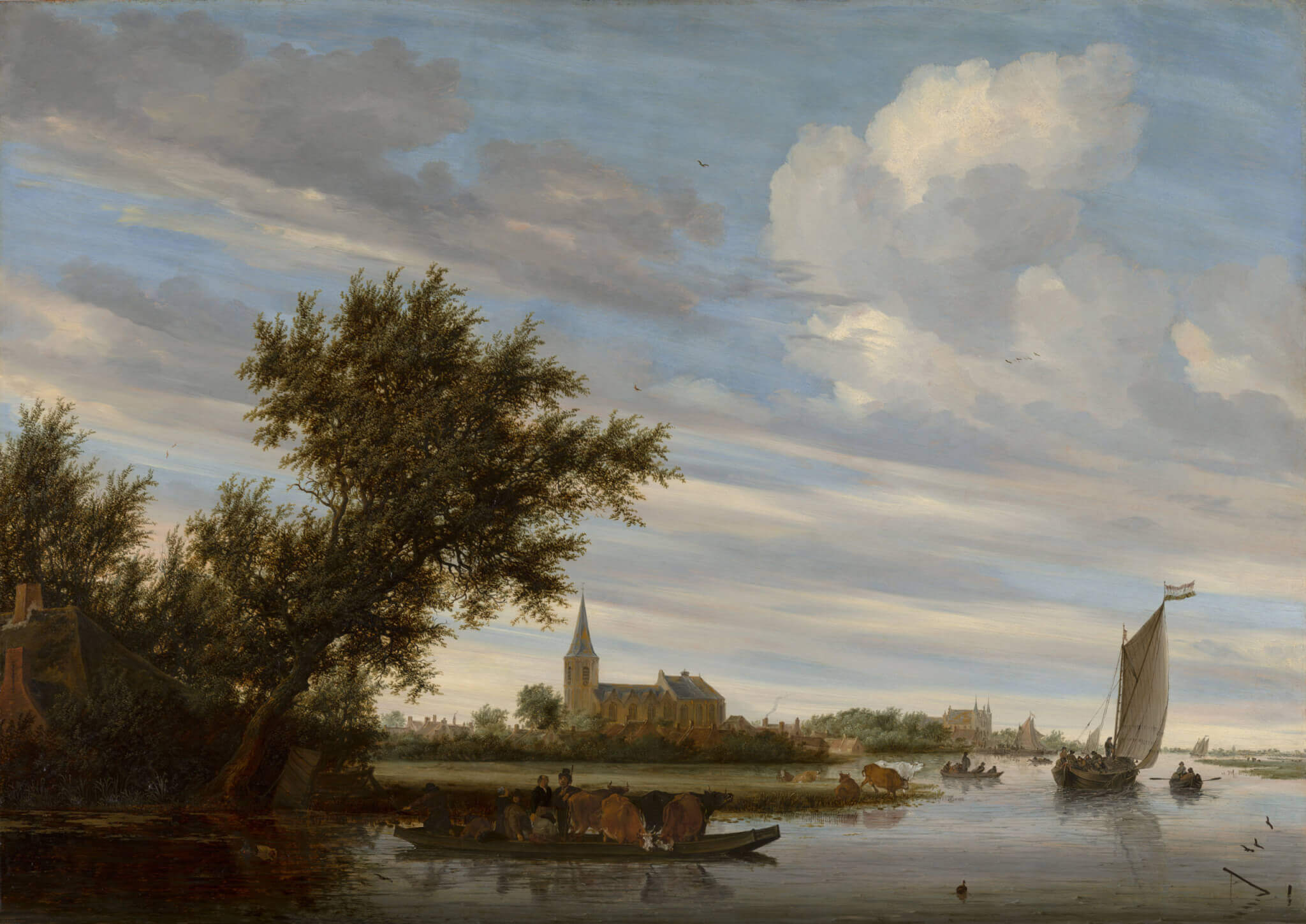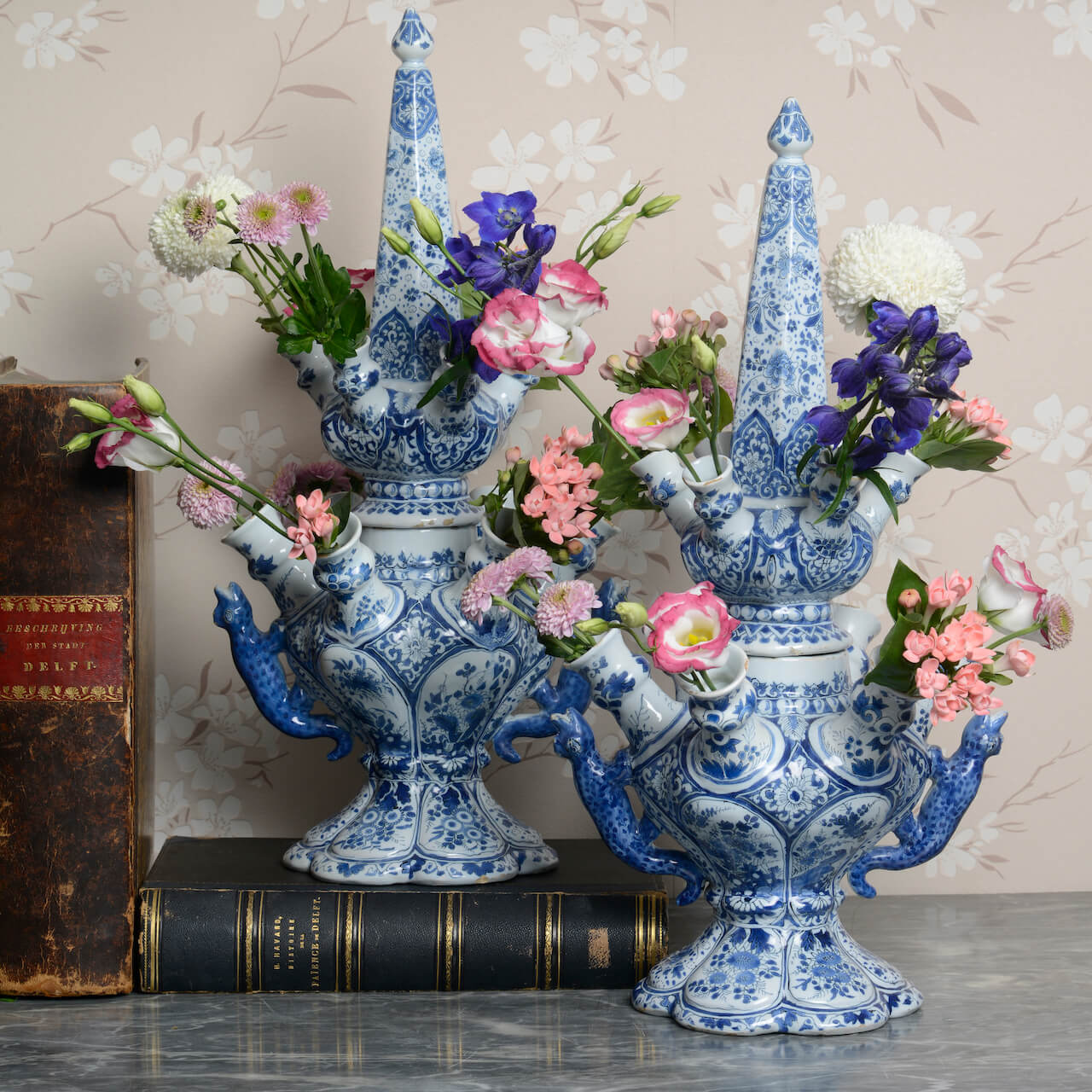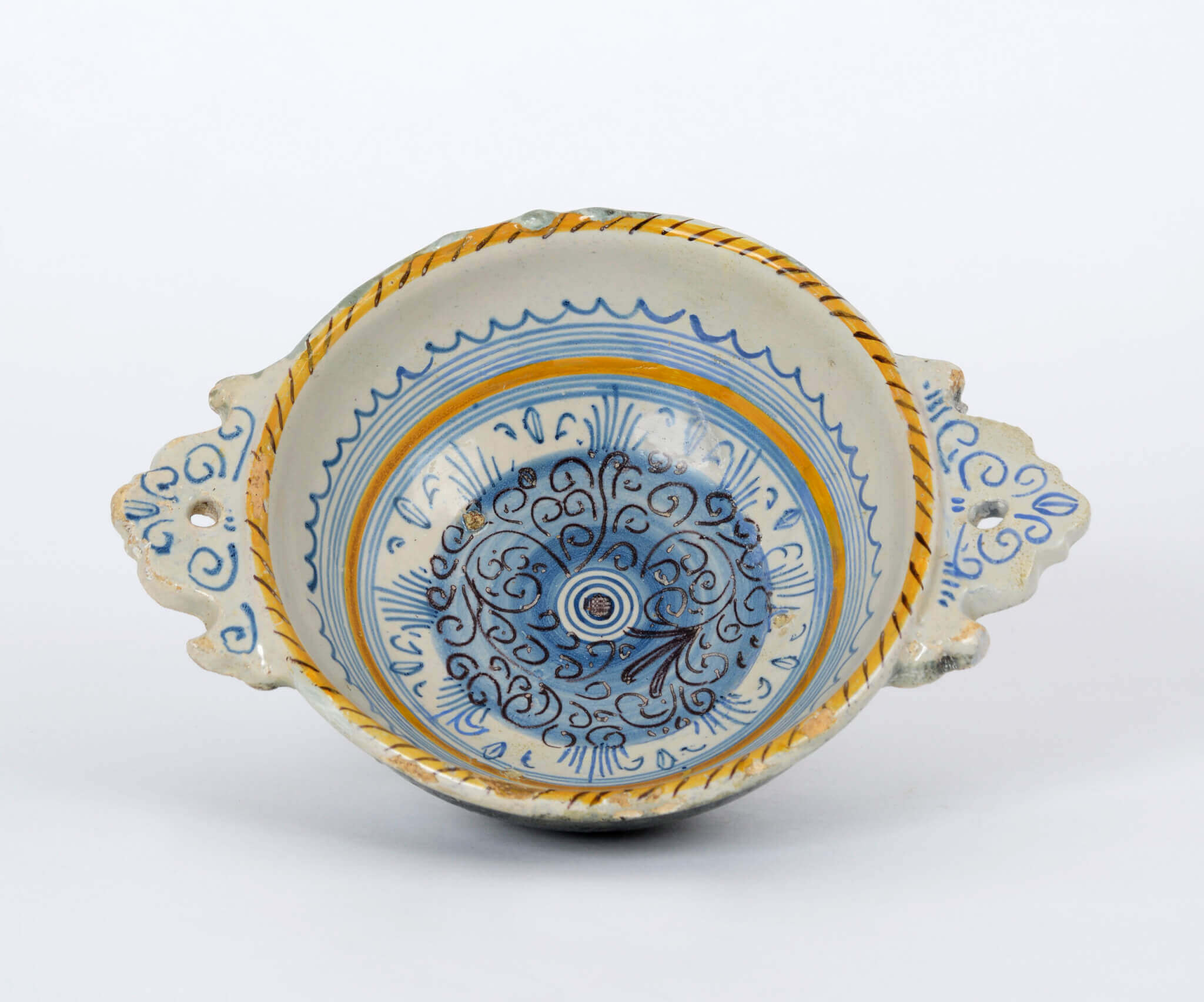Small Polychrome Crouching Hare Tureen and Cover
In every newsletter we present a special object from the Aronson Antiquairs’ collection. This month we would like to show this polychrome crouching hare tureen and cover from circa 1765. Zoomorphic tableware evolved from sugar or wax figures and bird-shaped pastries that decorated the Renaissance table. Especially the savory pie must have functioned as an…

